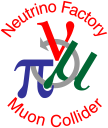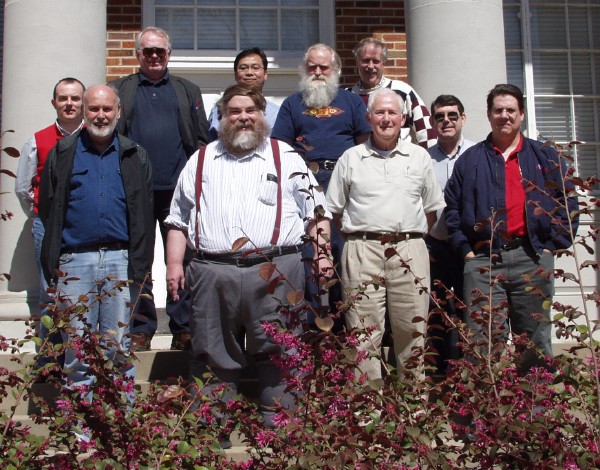

![]()
The goal of the 2 day workshop, at the University of
Mississippi-Oxford, is to progress towards a test cooling ring for muons that could be
built. EPSCoR: Experimental Program to Stimulate Competitive Research |
![]()
| Thursday 9:00 AM - 5:00 PM | |
| Harold Kirk | Rings with 400 and 800 MHz RF |
| Romulus Godang | RFOFO in GEANT Update |
| Patrick Brown | EPSCoR Grants |
| Tom Marshall | Welcome from the Department |
| Steve Kahn | Magnet Issues |
| Friday 9:00 AM- 5:00 PM | |
| Dave Cline | SUSY Higgs Factory Concept and 6D Cooling |
| Marco Cavaglia | Black Holes at the Muon Collider |
| Romulus Godang | 2 TeV Muon Beam Generator |
| Don Summers | Cost of a Test Muon Cooling Ring (or PS) |
| Steve Bracker | "Realistic" Ring Cooler Magnetic Fields - The Next Generation |
![]()
|
Eric Aitalia — University of Mississippi |
![]()
| Contact | |
|---|---|
Don Summers Lewis Hall Room 221 Dept. of Physics and Astronomy University of Mississippi |
|
| WORKSHOP SUMMARY OF MUON COOLING RING PARAMETERS |
|
 Participants: (Left to Right) Marco Cavaglia, Harold Kirk, Dave Cline, Don Summers, Romulus Godang, Steve Bracker, Steve Kahn, Al Garren, David Sanders, Eric Aitala. |
|